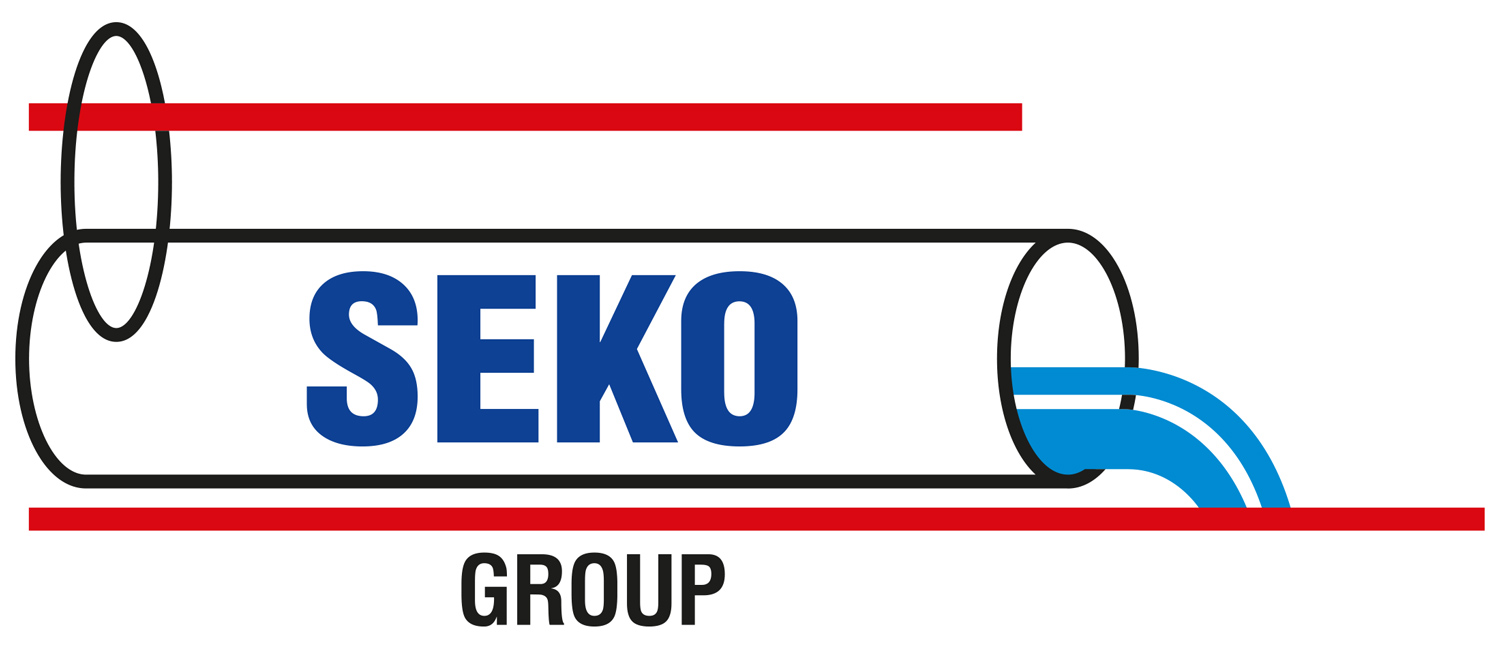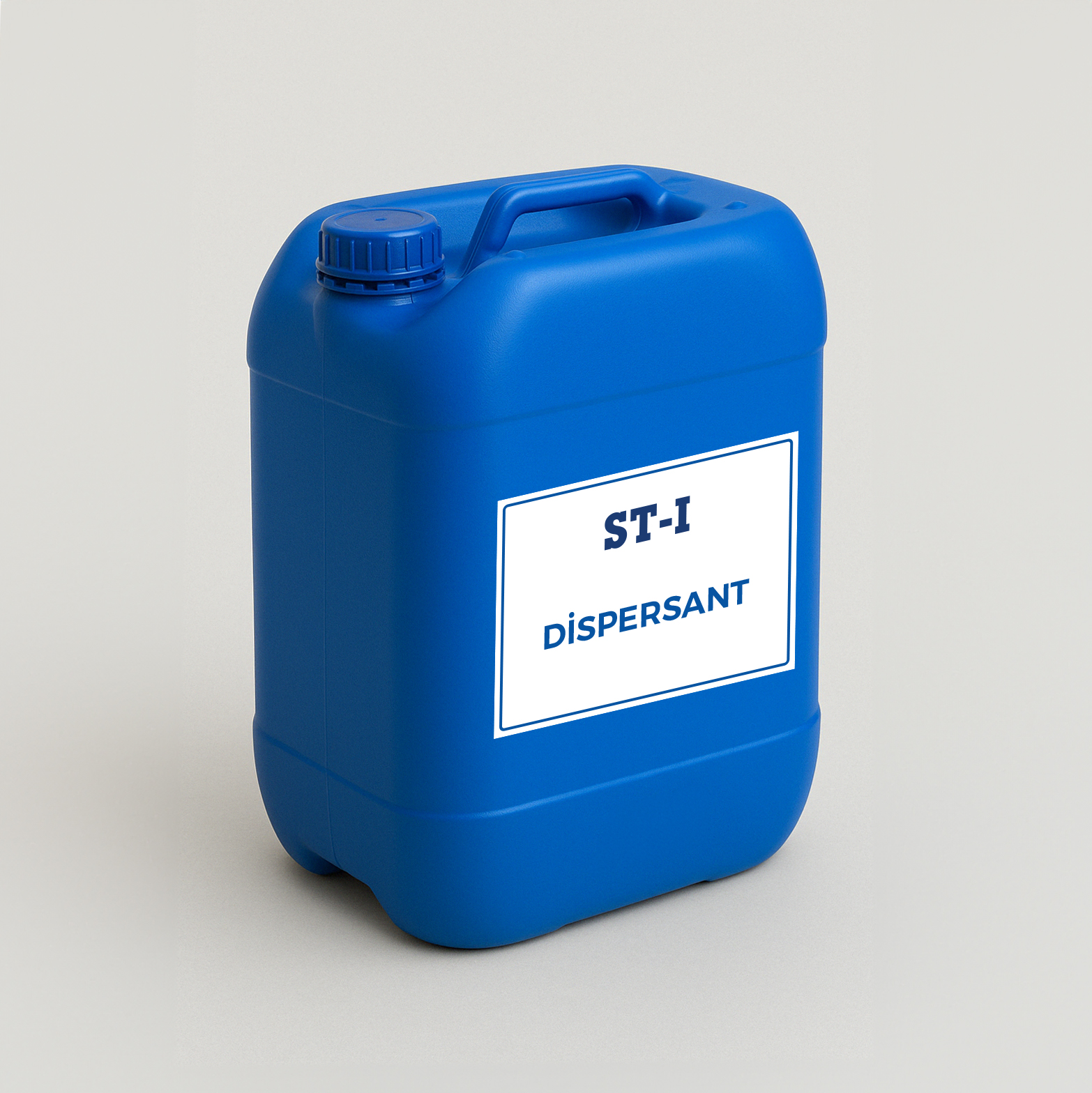Dispersants
Solid particles in cooling water that do not have scale-forming properties can accumulate into deposits, leading to clogging of cooling equipment. Dust and clay entering the system through air, sand and clay mixing into the system via feedwater, corrosion residues in the cooling system, biological masses such as bacteria and their waste products, and phosphate compounds like aluminum phosphate and iron phosphate are the primary substances that cause deposits and blockages in cooling towers.
Dispersants are polymers that carry electrical charges on their molecular structures. Thanks to this feature, a dispersant acts as a polarizing or surface tension-reducing agent, helping to keep deposits suspended in water—thus preventing them from settling. It also prevents them from adhering to metal surfaces and can even remove previously adhered deposits.

